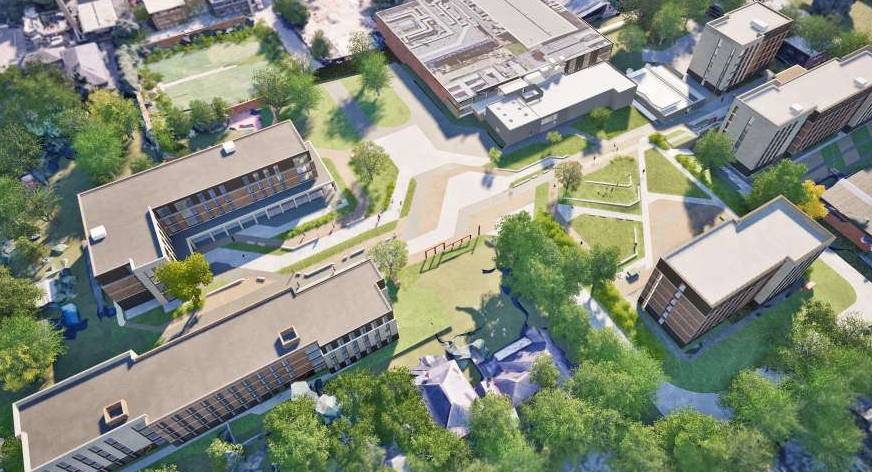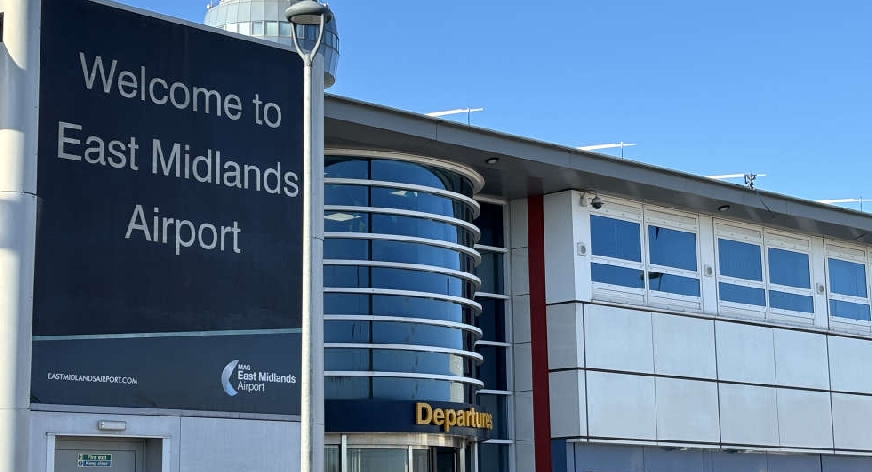
A surge in demand for social care and special educational needs and disabilities (SEND) support, combined with inflation, is driving up costs by £94m, says the county council as it sets out its budget plans.
The four-year proposals require savings of £74m - made up of £34m of detailed savings, a plan to reduce SEND costs by £20m and a £20m gap - amidst ongoing uncertainty about the future funding for local government.
They also feature a council tax rise of 3.99 per cent - generating £12m next year, to be invested in supporting vulnerable people.
Proposals for SEND support involve reducing costs by investing in creating more places locally, ensuring children have access to high quality specialist education close to home.
The capital programme includes a range of one-off investments such as building a relief road for Melton and other highway schemes, creating new school places, developing supported living for adults with disabilities and rolling out superfast broadband, but has a £69m shortfall for some future projects.
Taking tough decisions and saving £200m since 2010 means we’re in a relatively strong position, especially compared to other councils, but this can’t go on forever.
Our four-year plan shows that pressure is building on both our revenue and capital budgets, and our social care and SEND services in particular. And with the comprehensive spending review and local government funding reform proposals not due until late 2019, there is much uncertainty.
As the lowest funded county, we’re using our finite resource to invest in supporting vulnerable people, set out a significant capital programme without borrowing a penny and have been named the most productive council in the country for the second year.
Our prudent approach means, with savings, we can balance our books for the next two years but then shortfalls arise. And the question mark over future government funding could exacerbate this gap.
That’s why we need to pursue major savings initiatives, and the Government to set out their plans for a costed, sustainable vision for future local government funding, which enables us to deliver efficient and effective services for our residents.”
Person:Deputy council leader, Byron Rhodes
- Demand for SEND support is forecast to rise by 22 per cent over the next five years. It’s proposed to consult parents on plans to invest up to £30m in building new facilities locally, bringing down the overall spend.
- It’s predicted there will be 600 children in the council’s care by March 2019 – an increase of 13 per cent over 12 months
- By 2037, the number of over 80s is set to double and Leicestershire’s population expected to grow by 13 per cent
The council’s cabinet will discuss the report next Tuesday (18 December), and a proposed consultation from 18 December until 20 January – watch the meeting online
The £94m of growth is made up of £50m service demands and £44m inflation costs, covering increases in supplier charges and national public sector pay rises.
The four-year £74m savings requirement includes: £34m of detailed savings, £20m of SEN savings and a £20m gap, including:
- Recruiting more in-house foster carers to reduce expensive placements
- Reducing adult social care costs by managing demand and reviewing contracts and personal budget allocations
- Refocussing ‘early help’ and prevention services
- Changes to special educational needs and post-16 transport
- Generating more from property investment and by commercial activity
- Reducing back office costs by maximising digital technology and simplifying processes
- Implementing initiatives that improve the council’s efficiency and productivity
A 3.99 per cent rise increases the county’s share of a band D bill by around £50 a year from April 2019 – this equates to just over £4 a month or £1 a week. It would generate £12m and invested as below:
- £5m to support the rise in people requiring adult social care and their increasing needs
- £6m to support the growing number of children in care, and increased assessments and transport requirements relating to SEND support
- £1m to improve transitions between children’s and adult’s social care, and projects to ensure Leicestershire gets the most out of HS2 and deal with ash die back
The capital budget totals £378m and is made up of one-off spend to buy or build things and invest in infrastructure.
It’s estimated the savings would lead to a reduction of up to 300 full-time equivalent posts although it’s expected the number of compulsory redundancies will be lower, given the scope to manage the position through staff turnover and vacancy control.
The final budget proposals will be considered by the cabinet on 8 February and agreed by the county council at its meeting on 20 February.


 Beaumanor Hall temporary closed due to public safety risk
Beaumanor Hall temporary closed due to public safety risk
 Charnwood resident chosen to light the beacon for 80th anniversary of VE Day
Charnwood resident chosen to light the beacon for 80th anniversary of VE Day
 Loughborough student wins international competition to design hearing technology jewellery
Loughborough student wins international competition to design hearing technology jewellery
 Air Ambulance called after collision on M1
Air Ambulance called after collision on M1
 Nominations open for Leicestershire Partnership NHS Trust’s Celebrating Excellence Awards
Nominations open for Leicestershire Partnership NHS Trust’s Celebrating Excellence Awards
 Loughborough University proposes new student accommodation development on campus
Loughborough University proposes new student accommodation development on campus
 Airport celebrates 60th anniversary
Airport celebrates 60th anniversary








